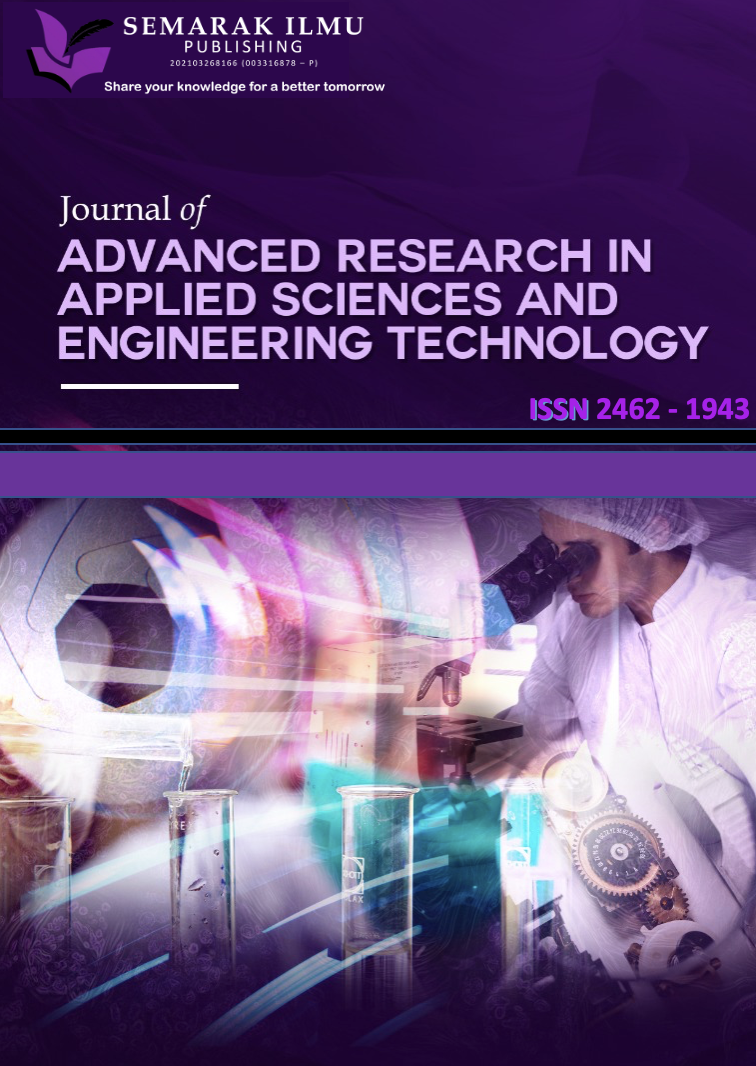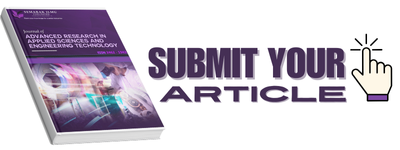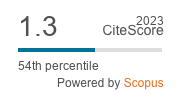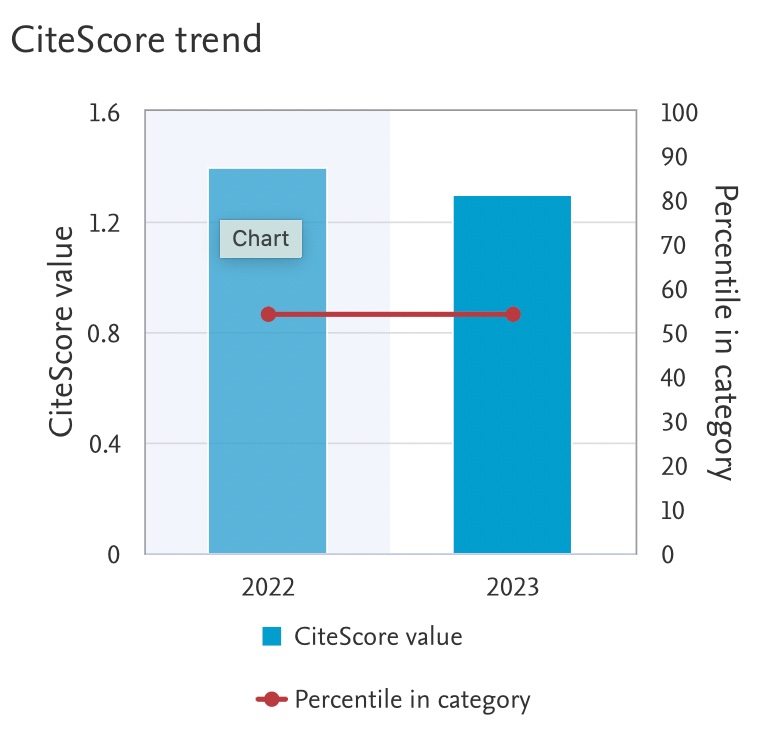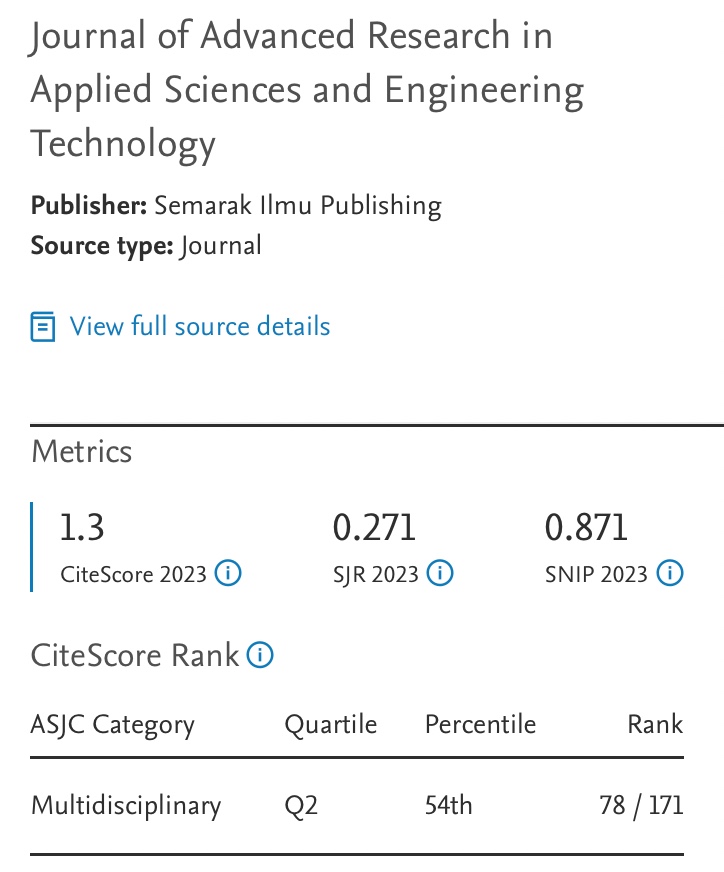The Implementation of Long-Short Term Memory for Tourism Industry in Malaysia
DOI:
https://doi.org/10.37934/araset.46.2.9097Keywords:
Tourism forecasting, Recurrent neural network, Long-short term memoryAbstract
Across the world, tourism is known as the largest contributor towards economy and the fastest developing industry. It has the capability of generating income, creating job opportunities and help people to understand the culture diversity of other countries. Therefore, tourism demand forecasting is really needed to help the practitioners involved as well as government in pricing setting, in assessing future requirements of capacity to fulfil the customers’ demand or in making wise decisions on whether to explore new market or not. This study focuses on tourism demand forecasting based on the number of tourist arrival using recurrent neural network (RNN), which is long-short term memory (LSTM) model. The data used in this study is historical data of number of tourist arrivals in Malaysia before the onset of Movement Control Order (MCO) starting from January 2000 to February 2020 due to the COVID-19 outbreak. The data set was divided into two subsets, training and testing data sets based on ratio 80:20. The objective of this study is to determine an accurate forecasting model especially in tourism industry in Malaysia. The forecast evaluation implemented to predict the error of each model are Mean Absolute Percentage Error (MAPE) and Root Mean Square Error (RMSE) and the analyses for this model was performed by using Python software. Based on the results obtained, the LSTM model was considered as one of the accurate prediction methods for tourism demand in Malaysia due to the least error produced. It is hoped that these results can help the government as well as practitioners in tourism industry to make a right judgement and formulate better tourism plans in order to minimize any consequences in the future.
Downloads






